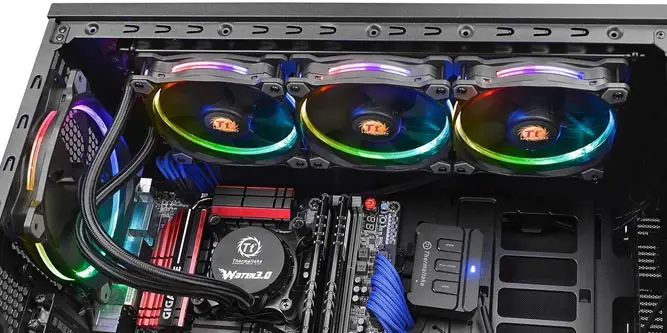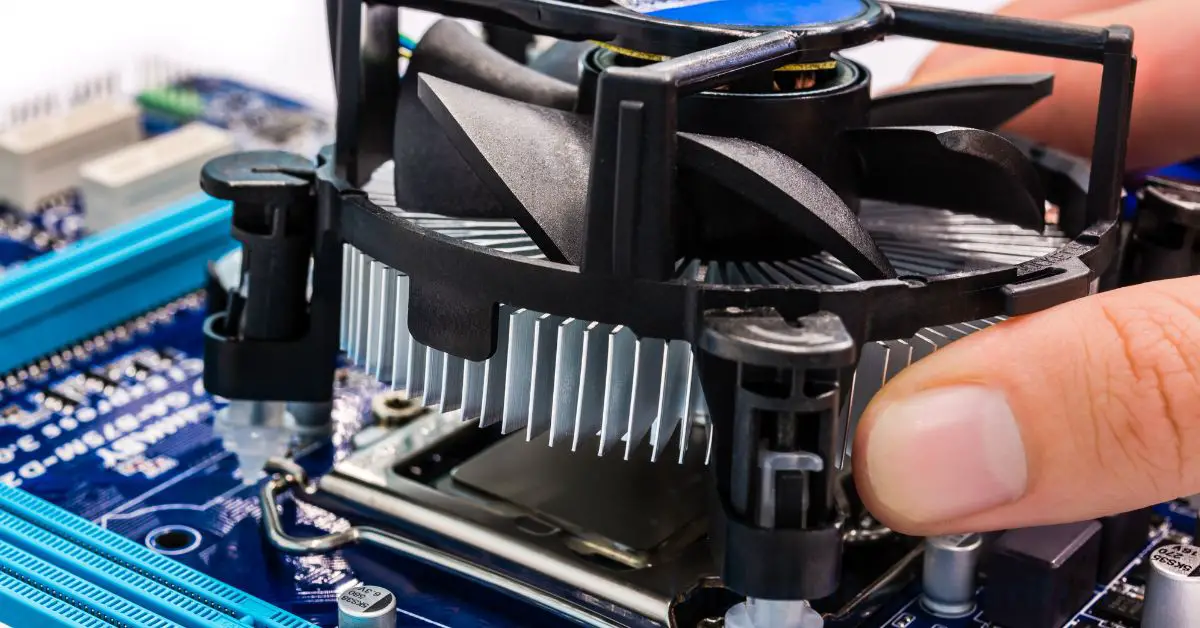In the intricate world of computer hardware, the CPU cooler plays a pivotal role in maintaining the optimal performance and longevity of your system. It’s the unsung hero, quietly dissipating heat and ensuring your processor doesn’t succumb to overheating. But have you ever wondered what CPU cooler you have?
Identifying and understanding your cooling system is crucial for troubleshooting overheating issues, making informed upgrade decisions, and ensuring your computer runs smoothly.
Contents
What is CPU Cooler?

A CPU cooler, also known as a heat sink or CPU fan, is a component designed to dissipate heat generated by the central processing unit (CPU). The CPU, responsible for executing instructions and carrying out computations, generates significant heat during operation. If left unchecked, this heat can lead to CPU overheating, causing performance degradation, instability, and potential damage to the processor.
CPU coolers come in various forms, from simple air coolers to sophisticated liquid cooling systems. Air coolers utilize heatsinks and fans to transfer heat away from the CPU, while liquid coolers employ liquid coolant to circulate heat away from the processor and dissipate it through radiators. Each type of CPU cooler has its advantages and limitations, and understanding which one you have is crucial for optimizing your system’s cooling capabilities.
Identifying Your Cooling System

Determining the type of CPU cooler you have is essential for understanding its capabilities and limitations. There are a few ways to identify your cooling system, depending on whether you built your computer yourself or purchased a pre-built system.
How to Find Out Your CPU Cooler
If you built your computer yourself, you likely know what CPU cooler you have since you would have installed it. However, if you don’t remember or want to confirm, there are a few ways to find out.
The easiest way is to check your purchase receipt or confirmation email if you bought the CPU cooler separately. It should list the model and brand of the cooler you purchased.
If you don’t have access to your purchase records, you can also check your computer’s specifications. If you built your computer yourself, you likely have a record of the components you used. You can refer to this list to determine which CPU cooler you have.
Checking Your Computer’s Cooling System
If you purchased a pre-built system, it may be more challenging to identify your CPU cooler since you didn’t personally install it. However, there are still ways to find out.
The first step is to check the manufacturer’s website for your computer model. They should list the specifications of your system, including the CPU cooler. If you can’t find this information, you can also open your computer’s case and physically inspect the cooling system.
Locating Your CPU Cooler
Once you know what type of CPU cooler you have, the next step is to locate it in your computer. The location of your CPU cooler will depend on the type of cooling system you have.
Discovering Your Cooling Hardware
If you have an air cooler, it will typically be located on top of your CPU, with a fan attached to the heatsink. The heatsink is the metal component that absorbs heat from the CPU and dissipates it through the fan.
For liquid coolers, the radiator will usually be mounted on the back or top of your computer case, with tubes connecting it to the CPU block. The CPU block is the part that attaches to the processor and contains the liquid coolant.
Uncovering Your CPU Cooler Model
To determine the specific model of your CPU cooler, you can look for any labels or markings on the cooler itself. These labels should include the brand and model number, which you can then search online for more information.
If you can’t find any labels, you can also take a picture of your CPU cooler and use reverse image search tools online to identify it.
Understanding Your Cooling Setup
Now that you know what type of CPU cooler you have and where it’s located, it’s essential to understand how it fits into your overall cooling setup. Your CPU cooler is just one part of your computer’s cooling system, and it works in conjunction with other components to keep your system running smoothly.
Your computer may also have case fans, which help circulate air throughout the case and remove hot air. These fans can be located on the front, back, or top of your computer case, depending on the design.
Additionally, some high-end systems may have a liquid cooling loop that cools not only the CPU but also the graphics card and other components. This setup can provide more efficient cooling for powerful systems that generate a lot of heat.
Understanding your cooling setup can help you troubleshoot any potential issues and make informed decisions when it comes to upgrading your system’s cooling capabilities.
Video
Conclusion
In conclusion, identifying and understanding your CPU cooler is crucial for maintaining the optimal performance and longevity of your computer. By following the steps outlined in this article, you can easily determine what type of CPU cooler you have and its specific model. This knowledge will allow you to troubleshoot any overheating issues, make informed upgrade decisions, and ensure your computer runs smoothly for years to come. Remember to regularly clean and maintain your CPU cooler to ensure it continues to function effectively and protect your processor from overheating.

Information Security Asia is the go-to website for the latest cybersecurity and tech news in various sectors. Our expert writers provide insights and analysis that you can trust, so you can stay ahead of the curve and protect your business. Whether you are a small business, an enterprise or even a government agency, we have the latest updates and advice for all aspects of cybersecurity.

